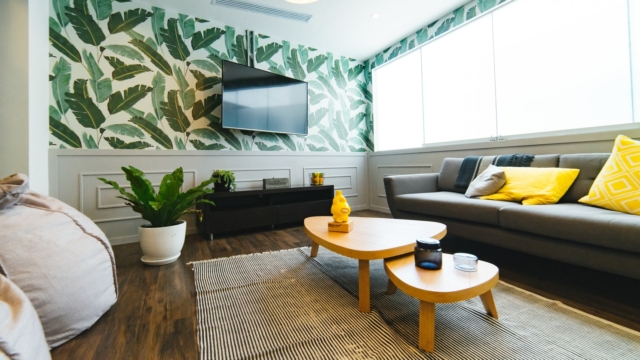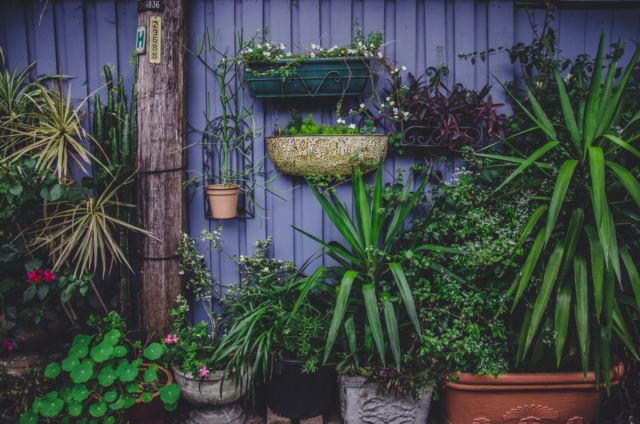The experts at Tidee share their top tips to make decluttering your home much less daunting!

Tip 1: Start small
You have to start somewhere right? Think about the areas in your home that need attention, choose one space and tackle this first. In our experience, if you try and take on all the spaces at once you will likely become overwhelmed and demotivated. Start small to win quick!
Tip 2: Have a vision
Before you get started it is important to have a vision. Imagine how you want the space to look and function. Start building your bank of ideas, social media is a great place to start – lots of inspiration!
Tip 3: It’s all in the planning
Planning is key to your organising success. Before you go crazy buying lots of different organising products, measure the space first – this step is really important! There is nothing worse than buying a whole lot of organising products only to find they don’t fit or work in the space.

Tip 4: Product is key
Try to balance functionality and beauty. These are fundamental components to any space we organise. There’s no point using products that don’t work well for the space. The organising products have a dual purpose – they have to work well and they have to look beautiful.
Tip 5: Lock in the time
Organising requires commitment and part of that commitment is your time. Make sure you set aside at least 3-4 hours straight. There is nothing worse than not finishing the job and having to live with a messy space. Be prepared for things to get messy before they get organised!

Tip 6: Give me some space
Clear a space in the room you are organising so that you have plenty of space to put all the items eg clothes out of the wardrobe or food out of the pantry. To make the sorting process even easier, get 3 empty bins (bags, boxes or baskets) and label these: KEEP, DISCARD & DONATE and sort items into one of these 3 categories.
Tip 7: Moving on out
Get everything out of the space – yes we mean everything! Once everything is out give the space a good wipe down. A clean space is the foundation of any organised space.
Tip 8: So long, farewell
Time for the sorting to begin. Group your items together into the same categories. Once this is done it’s time to get your Marie Kondo on. Do you love the item so much you have to hang onto it or are you better off saying so long farewell to it? Be ruthless otherwise you will simply end up storing things for the sack of it!

Tip 9: Put it back baby
Time to put back all the items you are keeping in their newly assigned homes. A basic rule of thumb is to keep the items you use regularly in prime real estate zones eg vegemite in an easy to reach spot and items you don’t use daily up high.
Tip 10: Label label label
The final step is to make sure your storage containers are labelled. This will act as a visual reminder to put things back in their new home and lets others know where things go. Labelling is key to the organising system being maintained.
Tidee are Melbourne professional organisation technicians Emma and Michelle with a passion for bringing calm to your space.

‘Decluttering’ is trending on Pinterest – check out fave inspo










